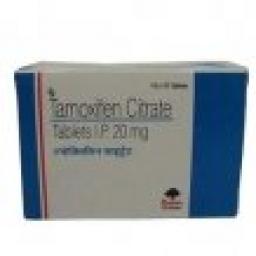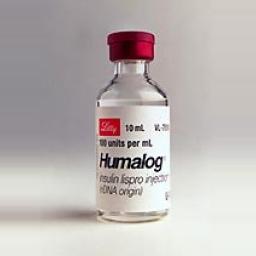Vitamins are organic substances that must be provided in small quantities by the environment (usually the diet) and are generally classified in two categories: the water-soluble and the fat-soluble vitamins. These small organic molecules cannot be made in adequate amounts by the human body but are required for normal metabolism.
Minerals are essential parts of all cells. They form the major parts of the hard tissues of the body, are necessary to mucle contraction and nervous conduction, are integral parts of the organismal and cellular respiration systems, are essential to enzyme function and are necessary to the maintnance of water and acid base balance in the body. Minerals must be replaced daily as they are lost in the excreta (sweat, tears, urine, feces). Daily requirements are greater for children, pregnant women and under certain pathological conditions. Mineral requirements of the human can be roughly classified into macrominerals and micro or trace minerals based on the amounts required in the diet.
Recommended dietary allowances (RDA) were designed by the National Academy of Sciences in 1941 for the War Department as a guide to feeding US soldiers. The basic concept of the RDA has remained the same for the last 50 years and has been simply to prevent deficiencies of essential nutrients. The RDAs are sometimes changed after periodic evaluations. The changes may reflect the identification of specific requirements for certain subgroups of the population. The RDAs are translated by the Food and Drug Administration into a USRDA for use on food and vitamin labels. The USRDAs are based on RDAs that are revised to meet the requirements of teenage boys because their needs are the highest of any population group. As with the RDAs, USRDAs reflect the needs of given subgroups such as women or the elderly, which have different nutritional needs. Furthermore, current studies are identifying nutrients’ roles in decreasing the risk of developing chronic diseases, for example certain cancers or heart disease, and the quantities required for these activities may be different from the RDAs and USRDAs. Therefore, the doses recommended for different purposes and populations may vary, but due to the potential for toxicity of some vitamins at high doses, the USRDA (listed on vitamin bottles) is generally safe and effective. The RDA chart summarizes amounts recommended for subpopulations. Charts are available elsewhere that list the RDA for other subgroups of the population.
Legit Steroid Products for Sale
Arimixyl
|
Legit Tamoxifen
|
Humalog Insulin
|


